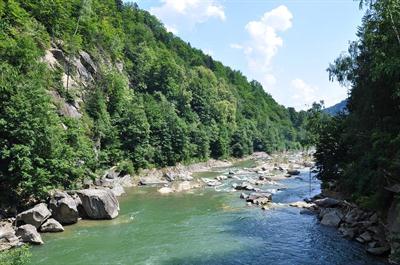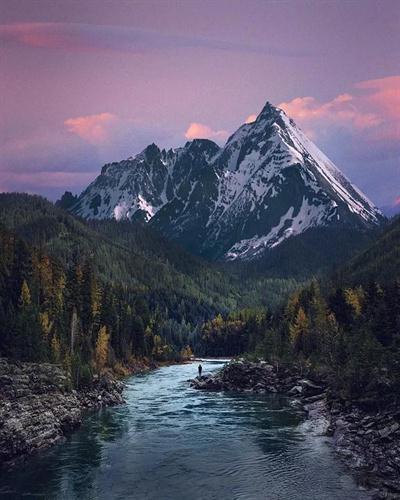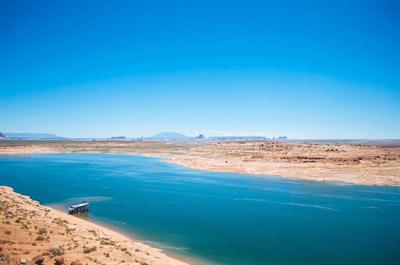
PUMPA - SMART LEARNING
எங்கள் ஆசிரியர்களுடன் 1-ஆன்-1 ஆலோசனை நேரத்தைப் பெறுங்கள். டாப்பர் ஆவதற்கு நாங்கள் பயிற்சி அளிப்போம்
Book Free DemoCourses of River
The course of a river may be divided into three distinct parts
1. The upper or mountain course
2. The middle or valley course
3. The lower or plain course
1. The upper or mountain course
2. The middle or valley course
3. The lower or plain course
The upper or mountain course
This begins at the source of the river, which is most probably the crest of a mountain range. Here the river flows swiftly as it descends the steep slopes of the mountain. Due to the high flow rate of the river, vertical corrasion remains the predominant action of the river. As a result of it, deep, narrow and distinctively V-shaped valley is developed. Because of increased erosion due to steep slopes, the river channel performs erosion with great force to widen and deepen its valley. Down cutting takes place so rapidly that lateral corrasion is outweighed by vertical corrasion. In regions where the rocks are very resistant, the valley is so narrow, and the sides are so steep that gorges are formed.
The land features carved by a river in its upper course are 'V'-shaped valleys, gorges, canyons, rapids, potholes, spurs, and waterfalls.

The Middle Course or valley course
In the middle course, where the river enters the plain, lateral corrasion tends to replace vertical corrasion. The load of the river increases with the increase in the volume of water with the confluence of many tributaries. The V-shaped valleys are widened by the active erosion of the banks. The work of the river is predominantly transportation with some deposition. The deposition also occurs due to the sudden decrease in velocity.

The typical landforms developed by the river in the middle course are alluvial fans, flood plains, meanders, ox-bow lakes etc.,
Tributary: A stream or river that flows into a larger watercourse or main river.
Distributary: A distributary is a river that branches off from the main river to merge into the sea. A distributary is the opposite of a tributary. Distributaries are a common feature at the deltas, i.e. when the river approaches the sea.
The Lower course or plain course
In the lower course of the river, the speed of the river is drastically reduced. The river moving downstream across a broad, level plain is heavy with debris brought down from the upper course. Vertical corrasion is almost ceased, though lateral corrasion still goes on to erode the bank further. The work of the river is predominantly deposition, building up its bed and forming extensive flood plains.
Some of the important landforms developed by the lower course of the river are deltas and estuaries.
Some of the important landforms developed by the lower course of the river are deltas and estuaries.

Source: Where the stream begins or the place of origin of the river.
Mouth: The end of the river where the river joins a lake, sea, ocean or a large waterbody.